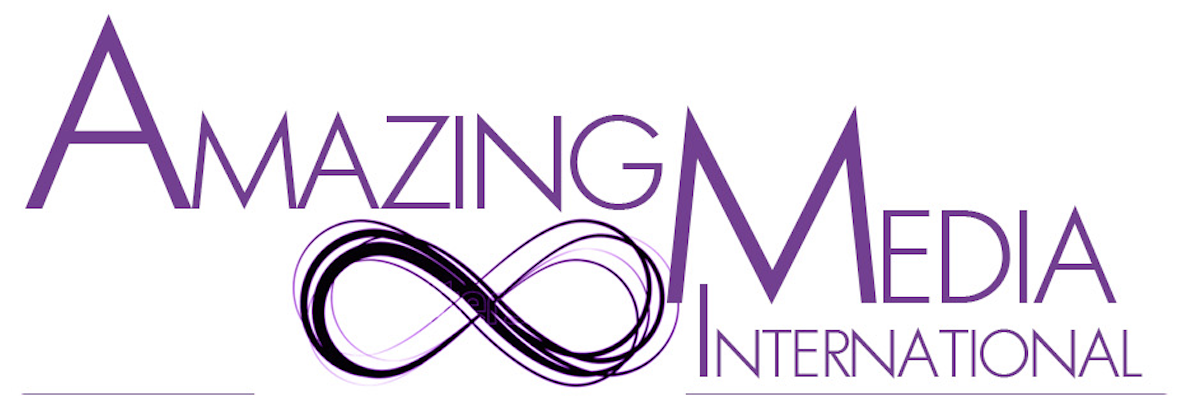When creating a unique Leadership Development Program for your organization, once you have determined the key leadership competencies required for a supervisor or manager to be successful in leading within your organization,assessed where current gaps in skills exist, and prioritized training and development areas for your program’s focus, there are four elements to consider including in your program design.
- Foundational learning. This development option provides all participants regardless of organizational level with common principles, shared values and a common language aimed at providing structure to the program. Foundational learning includes ensuring participants understand the purpose for the leadership development program, the goals of the program, how the program fits into the strategy and vision of where the organization is headed, and lays the ground work for future elements of the program.
- Level Adjusted Options. This part of the program provides participants who have different levels of prior experience, knowledge and competence with level-appropriate learning and development opportunities. For example, a high potential individual contributor with great industry acumen and technical skills who has never held a leadership or management role will have different training needs compared to a mid-level manager with many years of experience leading people, yet who is new to a particular industry. Both of these types of participant will have very different development needs compared to an executive who is preparing to step into a C-Suite role. Providing two or three development tracks based on the levels of the participants is a great way to add value to each group without dumbing down content or losing some participants who are new to leadership.
- Personal Development Plans. Just as leadership development programs must adapt to groups at various levels, each individual will have unique experience, challenges, limitations, and growth and development needs. Including opportunities for individuals to create their own personal development plans will help each participant receive motivating and meaningful forward progress. Personal development plans might include such things as attending specific courses, leading a team or a project outside the current scope of responsibility, working with a mentor, rotating into a new or different role, and other activities designed for each individual participant.
- Reflecting and Reinforcing Development through Coaching. Often when a person attends a training course or motivational seminar, he or she commits to making intentional changes to achieve highest potential. However, making such changes is often difficult to sustain without the chance to reflect on the learning and growth lessons, and partner with a leadership and life coach who can reinforce the learning, be an accountability partner, and lend a fresh set of ideas to expand the rich possibilities for each participant. Without reflection and coaching a person can be successful, yet this is rare compared to those who have a coach or mentoring partner to help keep up the momentum.

